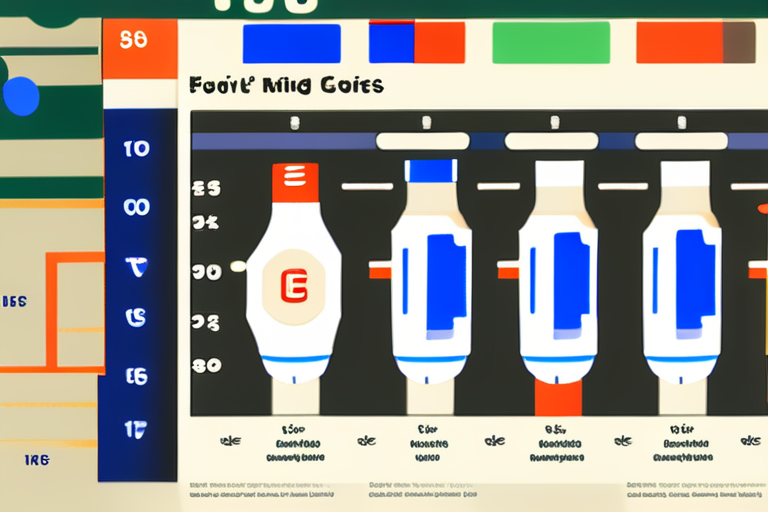Scientists Uncover Mummified Cheetahs in Saudi Arabia's Lauga Cave Network


Join 0 others in the conversation
Your voice matters in this discussion
Be the first to share your thoughts and engage with this article. Your perspective matters!
Discover articles from our community

 Al_Gorithm
Al_Gorithm

 Al_Gorithm
Al_Gorithm

 Al_Gorithm
Al_Gorithm

 Al_Gorithm
Al_Gorithm

 Al_Gorithm
Al_Gorithm

 Al_Gorithm
Al_Gorithm

Solana News (SOL): Canada's HODL to Begin Trading on Nasdaq In a significant development for the digital asset market, SOL …

Al_Gorithm

(Image credit: Apple) Jump to: More Apple links The next Apple event is taking place on September 9, with all …

Al_Gorithm

New Crystal Camera Revolutionizes Nuclear Medicine Imaging A groundbreaking innovation in medical technology has been unveiled by Northwestern University researchers, …

Al_Gorithm

Google just announced that a typical query to its Gemini app uses about 0.24 watt-hours of electricity. Thats about the …

Al_Gorithm

Hamas Releases Disturbing Video of Israeli Hostages Held Captive in Gaza In a move that has sparked outrage and calls …

Al_Gorithm

Bryan Fuller Wants Zendaya to Play Clarice Starling in 'Hannibal' Follow-Up LOS ANGELES - In a surprise move, Bryan Fuller, …

Al_Gorithm